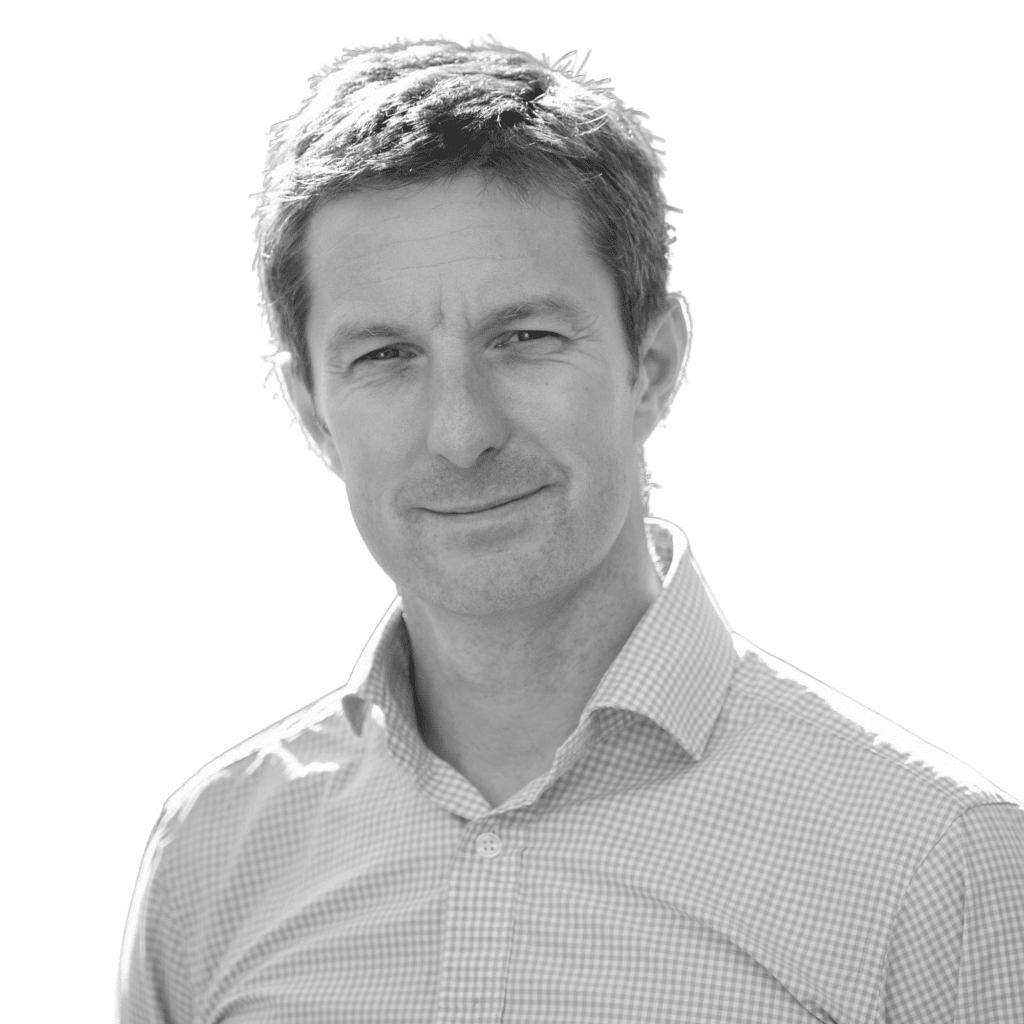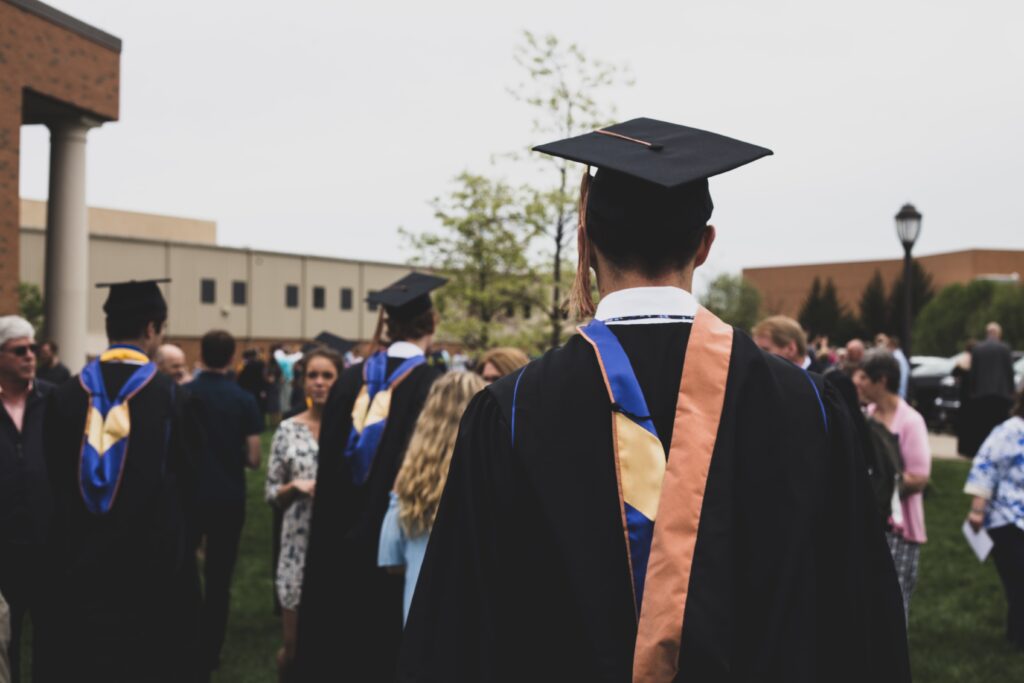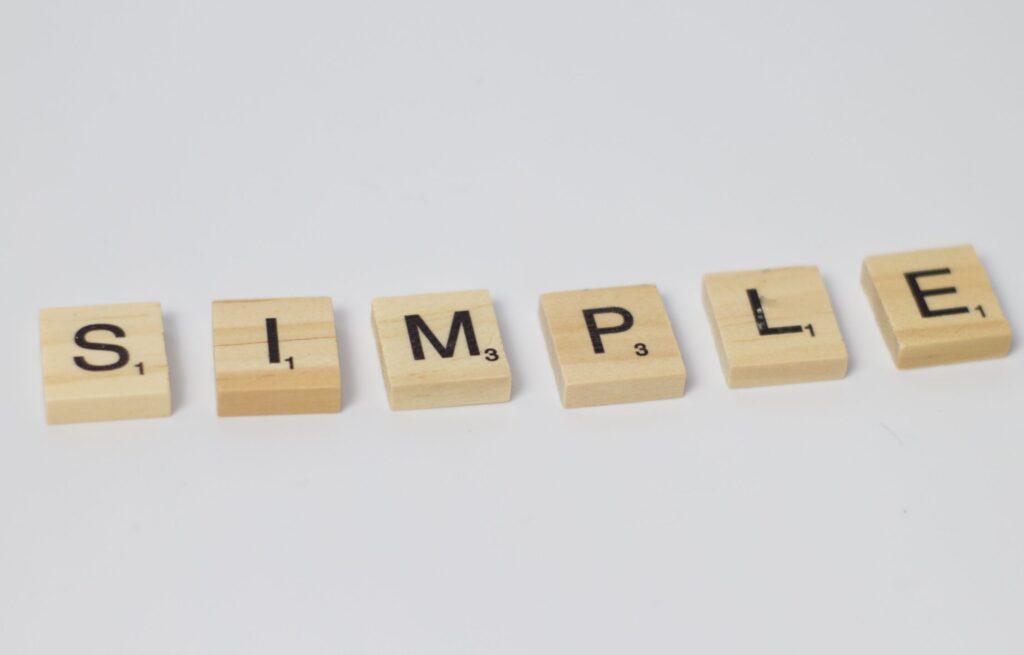In their book ‘Stealing Fire’, the founders of the Flow Genome Project, Stephen Kotler and Jamie Wheal, discuss a phenomenon known as shared or collective consciousness. People who have worked together over time can develop extraordinary collaborative abilities; the authors consider how teams of special forces soldiers can operate on a seemingly telepathic level of awareness in dark compounds, inherently knowing where the other members are, and who is best placed to make the next decision. Bands and orchestras who have played together over time can harmonise intuitively without following music, and the best sports teams can work organically, with the appearance of effortless collaboration. Every pass of the ball is executed and received seamlessly, and the individuals that form the team work ‘as one’. Just as starlings fly as a synchronised and unified flock, elite teams in all fields of endeavour connect on a level that appears extrasensory.
Some insight into the mysterious phenomenon of shared consciousness was provided by Haxby and colleagues (2011). MRI technology enabled the scientists to wire up and monitor the neurological activity of a willing cinema audience during a viewing of Indiana Jones and the Raiders of the Lost Ark. Throughout this sensory rich experience, the scientists observed very similar brain activity across the audience in response to the events on the screen; when the boulder rolled towards the hero, or the cobra lunged forwards, people’s neurological reaction was similar. Parallel research was carried out on MBA students at the University of Barcelona; here the researchers identified that people’s neurological activity tended to synchronise with, and replicate that, of the natural leader in the group.
Advances in technology have provided an intriguing insight into how the brain responds to stimulus, and for the most part, humans respond predictably. If we are focussed on the same objective or point of interest and are equally engaged and in a state of ‘flow’, it appears likely we will share the same cognitive behaviour. What is happening in your mind is likely to be similar to what is happening in mine. To follow this phenomenon to its logical conclusion, and where team synchronisation is optimal, what you are thinking is likely to be the same as I am. The notion of a shared or collective consciousness is how this appears to external observers; they witness individuals behaving as an inter-connected collective. Leaders and coaches of elite teams successfully create the conditions for this state to occur; shared goals and each individual working in a state of flow will, over time, result in an alignment that is not just behavioural, but neurological. However, although this phenomenon presents great opportunities in certain tactical situations, it may also account for ‘group think’ and the confirmation bias that results in people unquestioningly agreeing on a bad idea; a notion that will be addressed in a future post.
References
Haxby, J. V., Guntupalli, J. S., Connolly, A. C., Halchenko, Y. O., Conroy, B. R., Gobbini, M. I., Hanke, M. & Ramadge, P. J. (2011). A Common, High-Dimensional Model of the Representational Space in Human Ventral Temporal Cortex. Neuron, 72: 404–416.
Kotler, S. & Wheal, J. (2017). Stealing Fire. New York: Dey St.
















